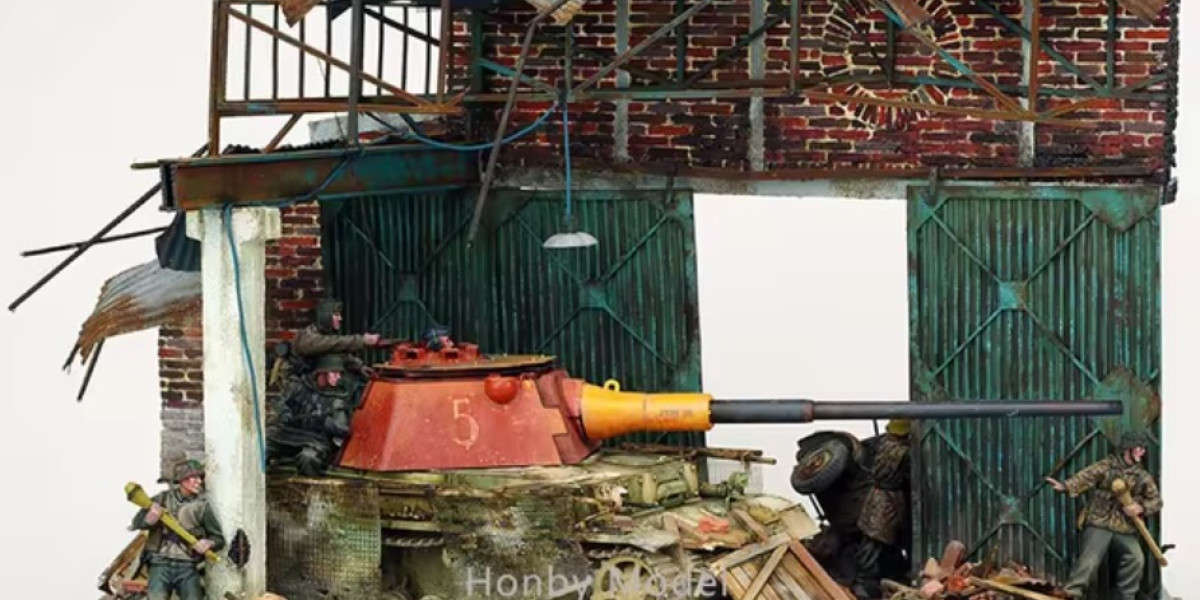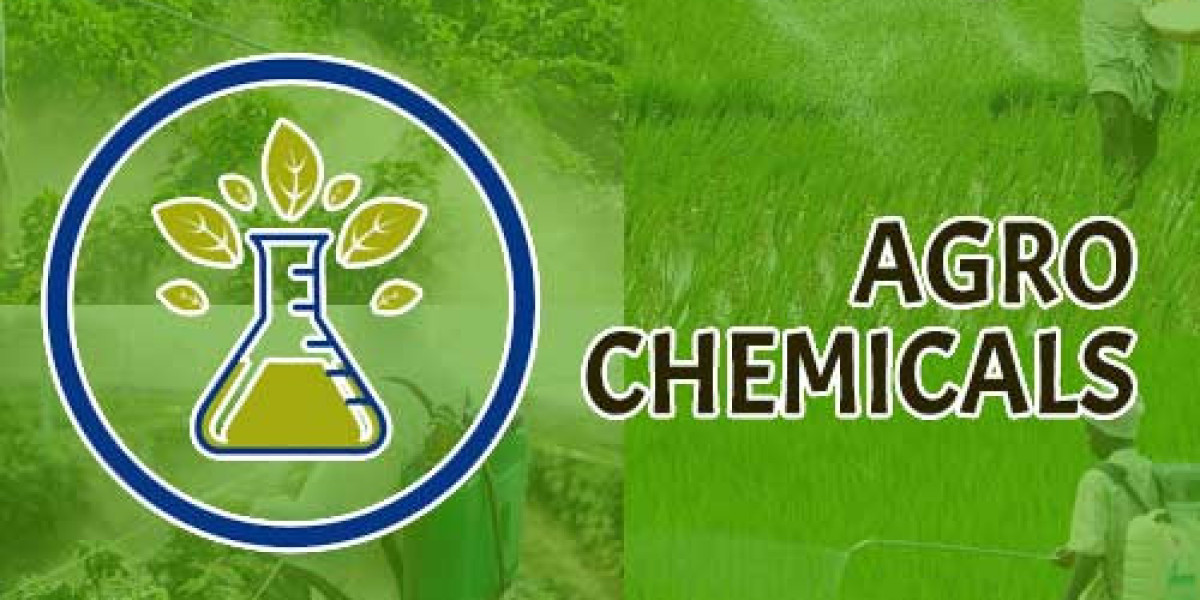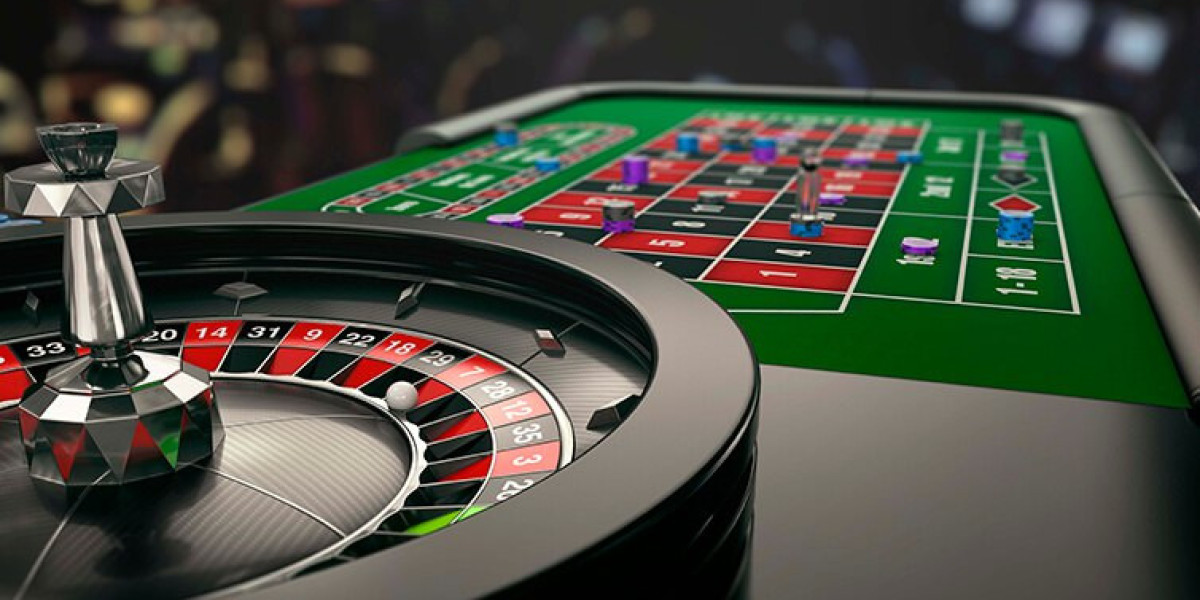Introduction
One of the keys to creating a truly captivating diorama is choosing the right materials. Whether you're building a bustling urban landscape, a quiet countryside, or a gritty battlefield, the materials you use will have a significant impact on the realism of your scene. With so many options available, it can be overwhelming to know which ones will give you the most lifelike results. In this guide, we’ll explore the top diorama kit materials that will help you achieve realistic and stunning dioramas every time.
1. Styrene Sheets for Structure Building
Styrene sheets are a staple for any diorama builder. This versatile plastic material is easy to cut, shape, and glue, making it ideal for constructing buildings, walls, roads, and other architectural elements.
Why It’s Great: Styrene sheets offer a clean, sharp finish and come in a variety of thicknesses to suit different needs. They can be textured or smooth, allowing you to customize the look of your structures.
Where to Use It: Styrene is perfect for creating modern urban scenes, industrial areas, or any situation where precise, straight lines are needed.
2. Foam Boards for Terrain Shaping
Foam boards are essential when it comes to building up terrain. They are lightweight, easy to carve, and can be shaped to create hills, cliffs, or any elevation changes within your diorama kit.
Why It’s Great: Foam boards are inexpensive and easy to manipulate, allowing for a wide range of creative possibilities. You can use them to create varied landscapes that would be difficult to achieve with flat materials.
Where to Use It: Ideal for nature scenes, battlefields, or any diorama requiring dynamic landscapes with elevation changes.
3. Plaster for Natural Textures
For realistic ground textures and natural terrain, plaster is an excellent material. It can be applied over foam or other base materials to create rocky surfaces, dirt roads, or textured ground.
Why It’s Great: Plaster dries hard and can be easily painted or weathered to add realism. Its natural texture mimics earth and stone, making it perfect for outdoor scenes.
Where to Use It: Use plaster to create rough terrain, such as cliffs, mountain sides, or uneven ground.
4. Sculpting Putty for Detailing
When it comes to adding fine details, sculpting putty is a must-have. Brands like Green Stuff or Milliput offer highly moldable materials that can be sculpted into anything from small cracks in buildings to intricate custom elements.
Why It’s Great: Sculpting putty adheres well to most surfaces and hardens over time, allowing you to create permanent custom details. It’s perfect for adding texture where styrene or foam might look too smooth.
Where to Use It: Use putty for custom modifications on figures, vehicles, or buildings, as well as for creating textured elements like stones or damaged surfaces.
5. Static Grass for Realistic Foliage
To create a natural-looking grassy landscape, static grass is the go-to material. This finely chopped material is applied using a static grass applicator, which makes the grass stand up for a more natural effect.
Why It’s Great: Static grass adds texture and depth to grassy areas, creating a much more realistic appearance than simply painting green onto a base.
Where to Use It: Use static grass for fields, parks, lawns, or any green landscape in your diorama.
6. Sand and Gravel for Ground Texture
Sand and gravel are excellent for creating realistic ground surfaces. Sand is great for smooth dirt or desert areas, while gravel can mimic rocks, pebbles, and rougher terrain.
Why It’s Great: Using real sand and gravel adds authentic texture to your diorama, making it look like a miniature version of the real world. The grains and stones catch light and shadow, enhancing depth.
Where to Use It: Ideal for roadways, paths, beaches, or any ground surface that requires a textured, natural look.
7. Clear Resin for Water Effects
For water features like rivers, ponds, or lakes, clear resin is the material of choice. It can be poured and molded into various shapes, and can be tinted with color to create realistic water effects.
Why It’s Great: Resin mimics the translucency and flow of water better than any other material. When used properly, it can create stunning, lifelike water scenes, complete with ripples and waves.
Where to Use It: Perfect for dioramas that feature bodies of water, such as shorelines, rivers, waterfalls, or flooded areas.
8. Balsa Wood for Wooden Structures
Balsa wood is a soft, lightweight wood that’s easy to cut and shape. It’s perfect for creating wooden structures, fences, crates, or even window frames in your diorama.
Why It’s Great: Balsa wood can be weathered, painted, and aged to give the appearance of real wood. It’s flexible and easy to work with, making it great for crafting wooden details.
Where to Use It: Use balsa wood for cabins, barns, fences, or other wooden structures that need a rustic or weathered appearance.
9. Pigments and Weathering Powders for Realistic Wear
Adding pigments and weathering powders to your diorama gives it an aged, worn look that adds layers of realism. These powders can simulate dust, dirt, rust, and more.
Why It’s Great: Weathering powders are easy to apply and create subtle effects that add depth and authenticity. They can be brushed onto models or mixed with liquids for more dramatic results.
Where to Use It: Ideal for military dioramas, industrial scenes, or any scenario where wear and tear would be visible. Use pigments to age vehicles, buildings, or ground surfaces.
10. Flock and Lichen for Trees and Bushes
Flock and lichen are lightweight materials used to represent vegetation, including trees, bushes, and shrubs. These materials are perfect for creating dense foliage quickly and easily.
Why It’s Great: Flock and lichen are flexible, easy to manipulate, and can be painted or shaded to match any color scheme. They add realistic texture and color to your scene.
Where to Use It: Perfect for forests, gardens, hedges, or any other diorama that needs lush vegetation.
11. Clear Acrylic Sheets for Windows and Waterfalls
Clear acrylic sheets can be used in many creative ways to enhance your diorama, particularly when simulating glass or clear surfaces. Thin sheets of acrylic are perfect for creating windows, modern architectural features, or even waterfalls.
Why It’s Great: Acrylic sheets are durable, easy to cut, and have a smooth finish that mimics real glass or water when painted or left clear.
Where to Use It: Use acrylic sheets for windows, skylights, or waterfall elements in your diorama.
Conclusion
The materials you choose for your diorama can make all the difference when it comes to achieving realistic results. By incorporating materials like styrene, foam, plaster, and static grass, you can create stunning landscapes and structures that draw the viewer into your miniature world. Whether you're creating realistic foliage, crafting detailed buildings, or simulating water features, these top materials will help you bring your diorama to life with unmatched detail and authenticity.
FAQs
What materials are best for creating realistic water in dioramas?
Clear resin is the best material for creating realistic water effects, as it can be poured, tinted, and shaped to mimic natural water bodies.How do I create realistic terrain in my diorama?
Foam boards are great for shaping terrain, while plaster adds texture for a realistic, rough ground surface.What is the best way to simulate grass in a diorama?
Static grass is ideal for creating realistic grass effects. It can be applied using an applicator that makes the grass stand upright, adding depth and texture.How can I add weathering effects to my diorama?
Pigments and weathering powders are perfect for adding rust, dirt, and wear to your diorama, making vehicles, buildings, and other elements look aged and realistic.What is the best material for building wooden structures in a diorama?
Balsa wood is excellent for crafting realistic wooden structures, as it can be easily shaped, weathered, and painted to mimic real wood.
Our Social Pages:
https://plastic-models-store.com/
https://www.facebook.com/plastic.models.store
https://www.instagram.com/plastic_models_store/
https://www.youtube.com/channel/UCKpiM8Q6k2XjOwN9lW0fOrw



